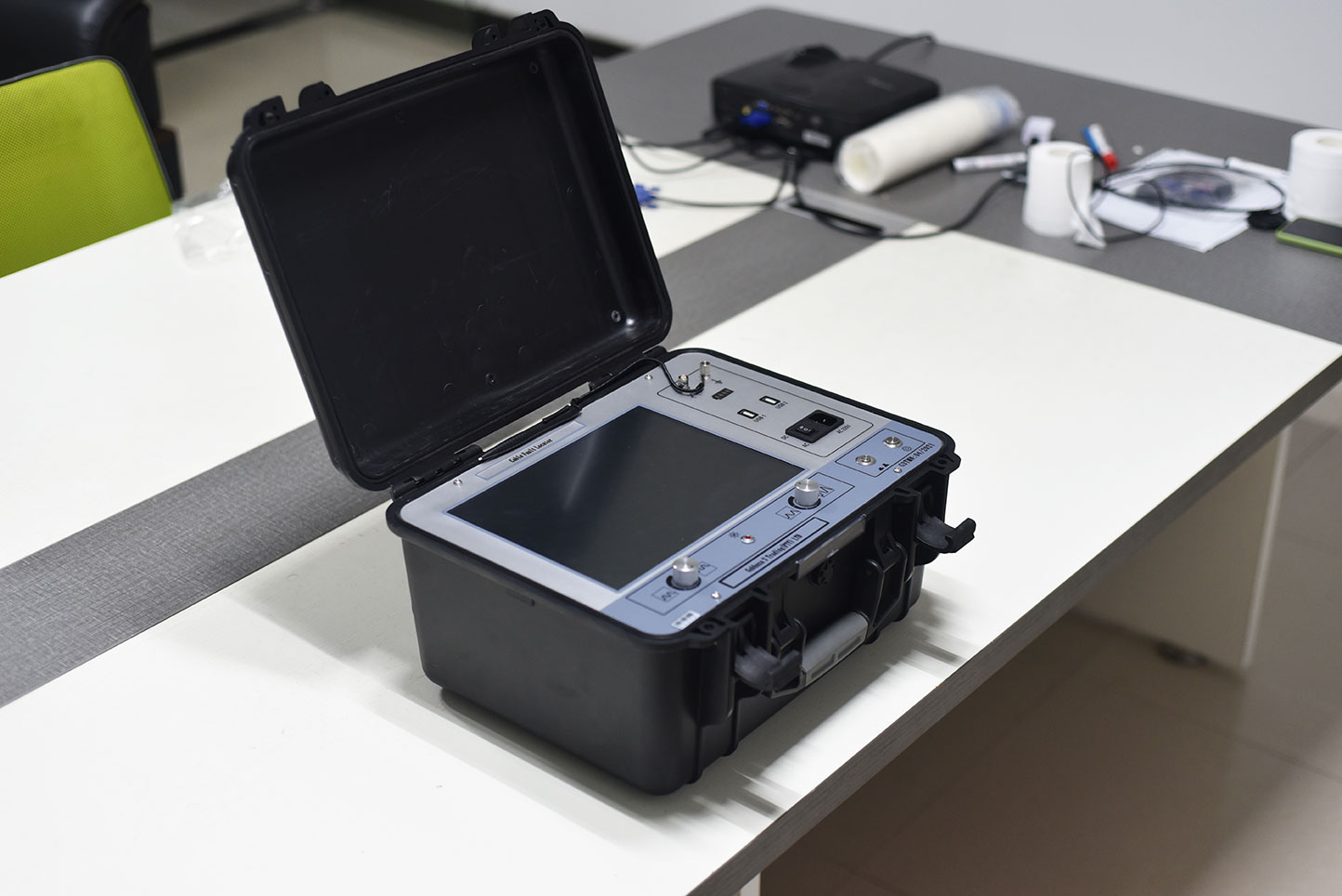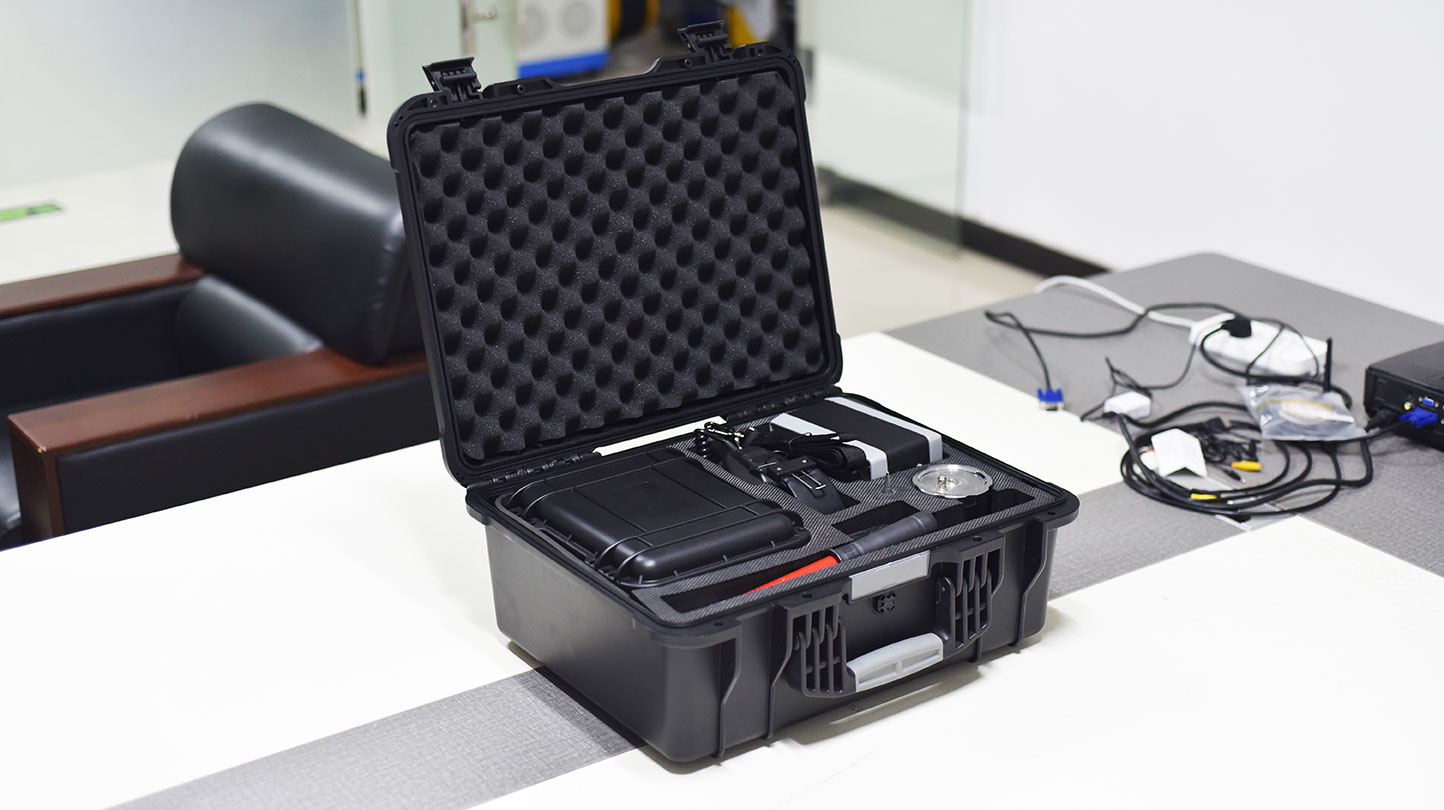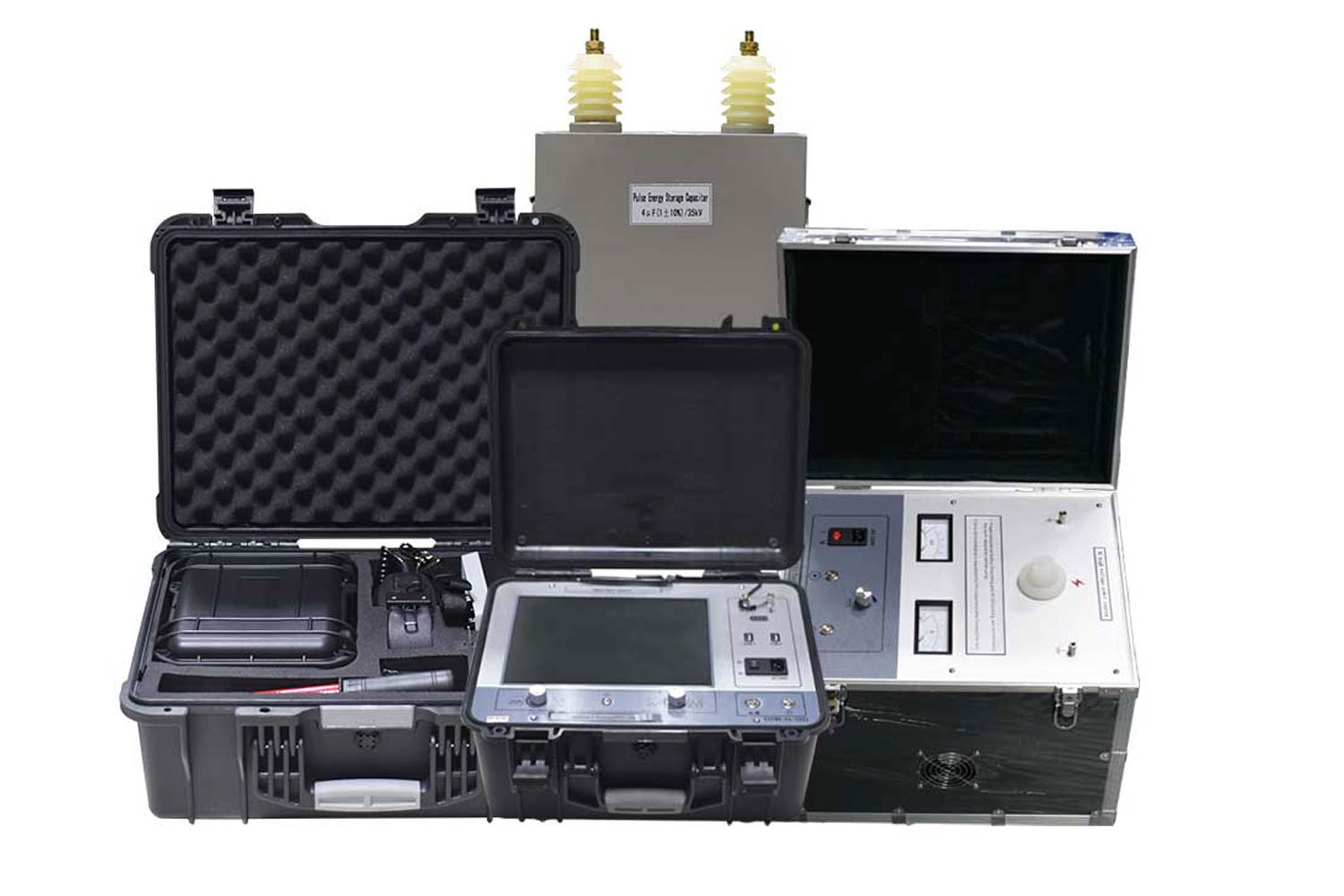With the increase of cable routes, the morning impact of cable faults on power supply reliability is increasing. Therefore, quickly and accurately detecting the location of fault points is of great significance to ensure the timely repair of faulty cables. The detection method for cable faults depends on the nature of the fault, so the first step in detection work is to clarify the nature of the fault.
Cable faults can be roughly divided into two types: the first type is caused by insulation damage between cable cores or between cable cores, resulting in short circuits, grounding, or flashover breakdown; the second type is caused by damage to the continuity of cable cores, resulting in wire breakage and incomplete wire breakage, and sometimes a mixed type of robbery that combines both situations. But usually the first type of fault is more common, and there are two types of short circuit grounding: high resistance and low resistance.

The method to determine the nature of the fault can be using a megohmmeter. A 2500 volt megohmmeter can be used to measure the insulation resistance of each phase of the buried line. If the insulation resistance value of a certain phase to ground is below 30 kiloohms, it indicates that the phase line has a grounding point. When a core fault occurs in the local buried line, the three phase lines at the end of the buried line can be connected together with the neutral line. A multimeter can be used to measure the resistance between each two phase lines and between the phase line and the neutral line at the beginning of the line. If the resistance is not high, it indicates that the circuit is intact; If the resistance value reaches thousands of ohms, it indicates that there is a broken core in the circuit; if the resistance between the three phases to the neutral wire is high, but the resistance between the three phases is not large, it can be determined that there is a broken core in the neutral wire.

After identifying the faulty cable, we can use the DC bridge method and pulse method to measure the distance to the faulty point. The pulse method is the most widely used and can be divided into low voltage pulse reflection method and high voltage pulse reflection method. The low-voltage pulse reflection method can be used to detect broken wires and low resistance short circuit faults, while the high-voltage pulse method is mainly used to detect high resistance short circuits, grounding faults, and flashover faults.

Distance measurement can only estimate the fault section, and in practical engineering, it is required to determine the fault location more accurately to reduce the amount of excavation. Therefore, before excavation, it is necessary to first locate the location, that is, use instruments to search for suspicious areas and accurately determine the actual location of the fault. The absolute error of measurement shall not be greater than 1m. For short cables with a length of only a few tens of meters, they can be directly fixed without initial testing, and the faults are mostly at the terminal head. Even for cables hundreds of meters long, if it is necessary to burn through for distance measurement, it is advisable to use acoustic measurement to measure the fixed point before burning through, in order to prevent the resistance from dropping too low and damaging the acoustic measurement conditions. There are many methods for fixing points, including acoustic measurement, induction method, probe method, and current direction method.

ZC-700A cable fault tester is a new generation of portable cable fault testing instrument carefully designed and manufactured by our company based on user requirements and considering on-site use. It adheres to our consistent principle of high-tech, high-precision, and high-quality, and elevates the level of cable testing to a new level. The cable fault tester consists of three parts: flash testing, tracing, and positioning. The instrument can be used to detect low resistance, high resistance, short circuit, open circuit, leakage faults, and flashover faults of various cables. It can accurately detect the fault location, cable length, and cable burial path of underground cables. It has the characteristics of accurate testing, high intelligence, wide adaptability, stable performance, and lightweight portability.
Kvtester Electronics Technology Co.,Ltd. is a high-tech enterprise specializing in power testing, testing, research and development, production, and sales of testing equipment. It has been engaged in the electrical testing industry for many years, and its products are of high quality. We welcome customers to come and purchase.








